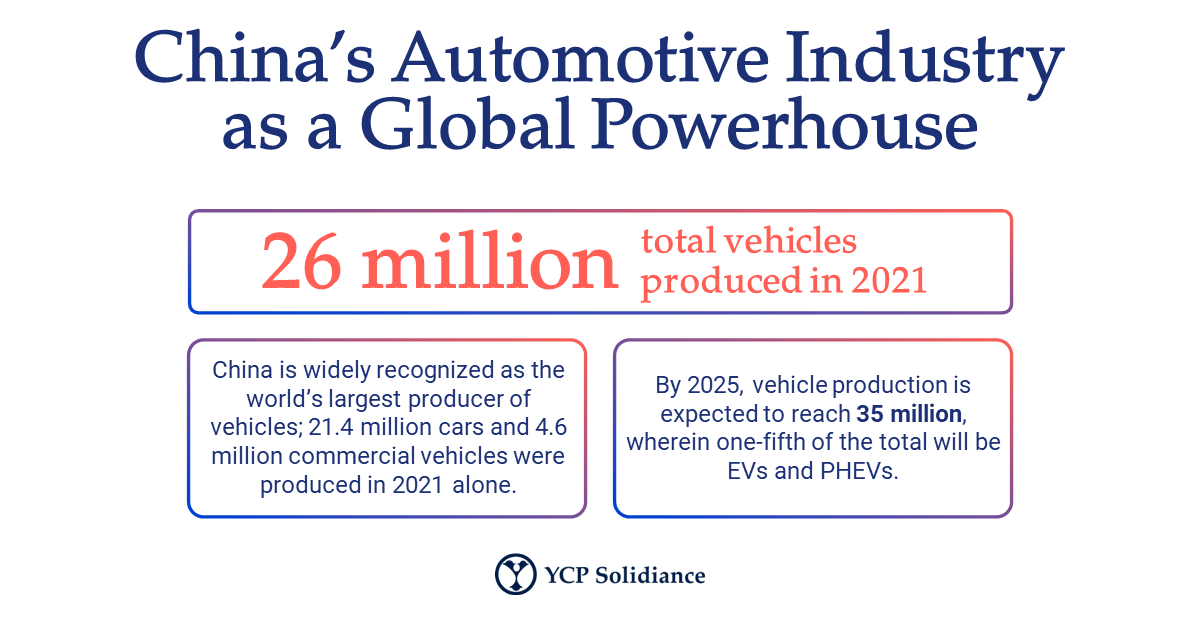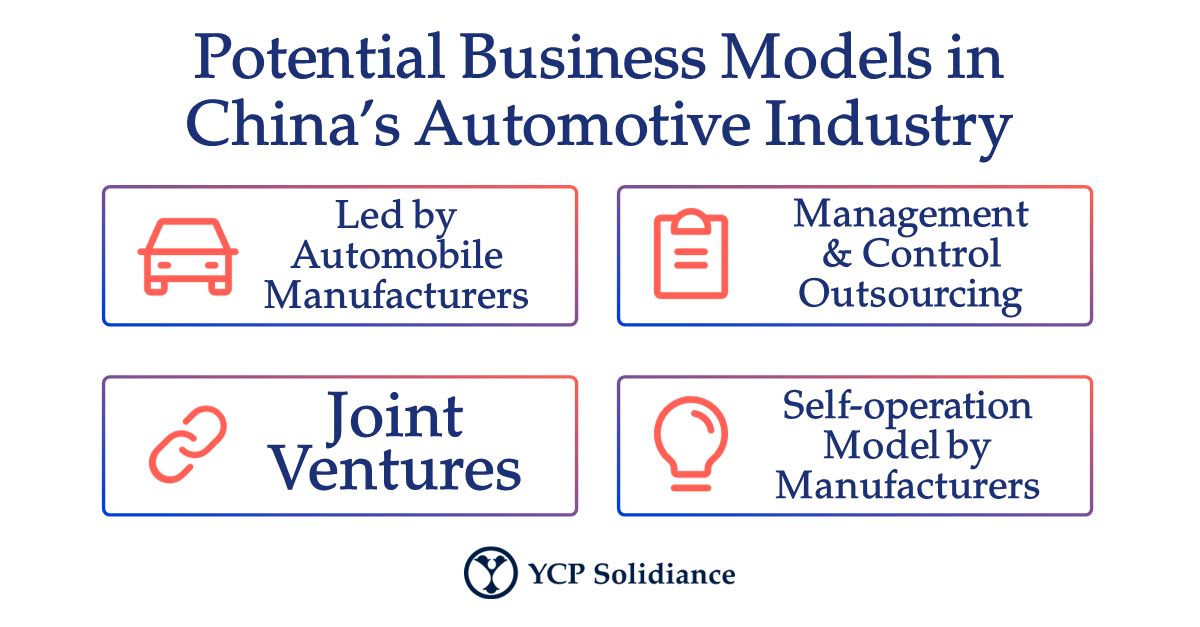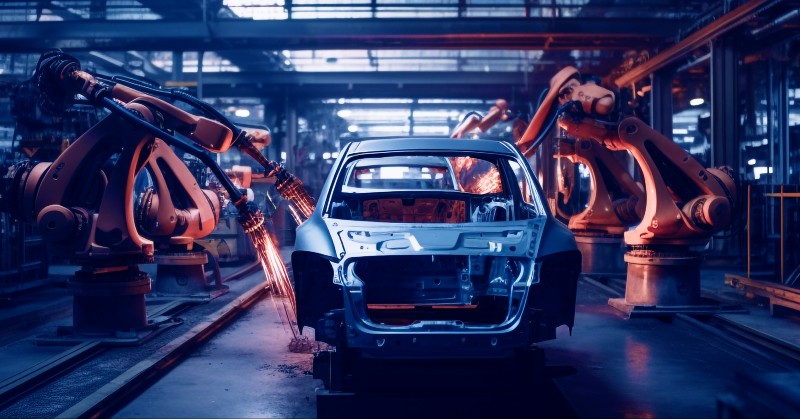China is widely recognized as a global powerhouse in automotive and mobility due to the domestic market’s consistent performance and immense potential. By 2025, China’s Ministry of Industry and Information Technology expects that domestic vehicle production will reach 35 million; further solidifying its position as the world’s leading automobile manufacturer.
As a result, sectors in China’s automotive industry are undergoing rapid development and several industry trends are emerging. Entering 2023, interested parties should expect several promising investment opportunities to materialize in the Chinese automotive sector.

The Deployment of Magnetic Leviation Trains
One mobility trend currently emerging in China is the development of high-speed Maglev (or magnetic levitation) trains in the transportation sector. While Maglev trains with top-speed travel of 431 kilometers per hour (KPH) had already debuted in China in 2003, recent projects aim to develop Maglev trains capable of even faster speeds, potentially reaching 520 KPH.
While these projects are technological feats on their own, the emergence of Maglev developments signifies China’s long-term commitment to transforming its public transportation system. Such trends also suggest that investment opportunities will arise for several players in differing industries. For instance, Maglev projects will likely facilitate the entry of parts manufacturers to supplement the fast-tracked development of these trains. Further, to ensure that Maglev trains function properly, the appropriate infrastructure will need to be developed by railway specialists who have expertise in Maglev technology.
Further, Maglev projects will undoubtedly improve city-to-city connectivity as travel time will decrease. This will not only improve the convenience for Chinese citizens but perhaps, more importantly, it will help micro, small and medium enterprises (MSMEs) garner more business from various parts of the country. This also presents MSMEs with the opportunity to pursue growth opportunities both in the long and short term.

The Emergence of Self-Driving Robot Taxis
Another automotive trend aiming to transform the public transformation sector is fully automated, self-driving robot taxis (robotaxis). As per a report from CNN Business, the robocar company AutoX had successfully launched the first driverless robotaxis in Shenzhen; previous self-driving projects in China required the presence of a safety driver. While the new initiative is not currently open to the public, the emergence of self-driving robotaxis is still a significant milestone as it signifies that China’s automotive industry is in the midst of an innovation boom.
To translate robotaxis into investment opportunities, interested parties should familiarize themselves with the business model that value chain stakeholders operate based on. In the YCP Solidiance white paper “The Future of Mobility in China: Internet of Vehicles,” the business model of internet vehicles like robotaxis can be divided into four segments:
- Led by automobile manufacturers – Initiative is taken by car manufacturers wherein end-to-end is handled primarily by them. Technology, software, and hardware are sourced directly by users from the manufacturers.
- Management and control outsourcing – Manufacturers control and select the partners from which they get resources; relies primarily on third-party service providers.
- Joint-venture – Automotive manufacturers work hand-in-hand with service providers to launch their initiatives. Companies usually have an equal stake in the project.
- Self-operation model by automobile manufacturers – Here service providers implement the strategy of the manufacturer, then the carmaker can assume control of the service.
Within these models, investors can explore potential collaborations– whether as service providers or manufacturers. Given that smart technology automotive initiatives like robotaxis are still in their infancy, it is likely that domestic companies will be open to partnerships with new market entrants. Further, the business models between these operators will also change and evolve as the sector matures so companies should remain flexible in their approach.
With China’s automotive industry committing to sustained innovation in its sectors, trends like magnetic levitation trains and smart technology vehicles will remain relevant entering 2023. Thus, stakeholders should expect an influx of business in the automotive sector wherein investment opportunities for domestic and international parties alike will be plentiful. As early as now, interested parties should explore potential collaborations within China’s automotive industry.
To get further insight and knowledge into other automotive industry trends that are emerging in Asia, subscribe to our newsletter here and check out these reports:
- Electric Vehicle Development and Deployment in Thailand: Moving Towards an Acceleration of EV Adoption
- Developing Long-Term Domestic Success: Insights on China’s Tire Market
- Investment Opportunities in the Indian Automotive Aftermarket Industry






